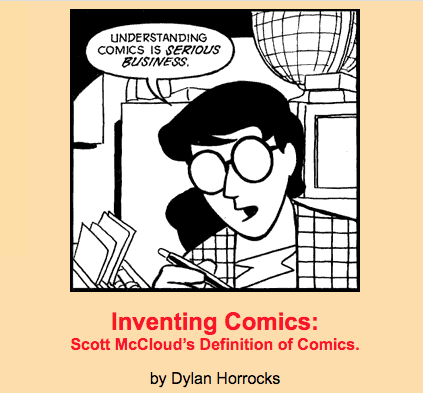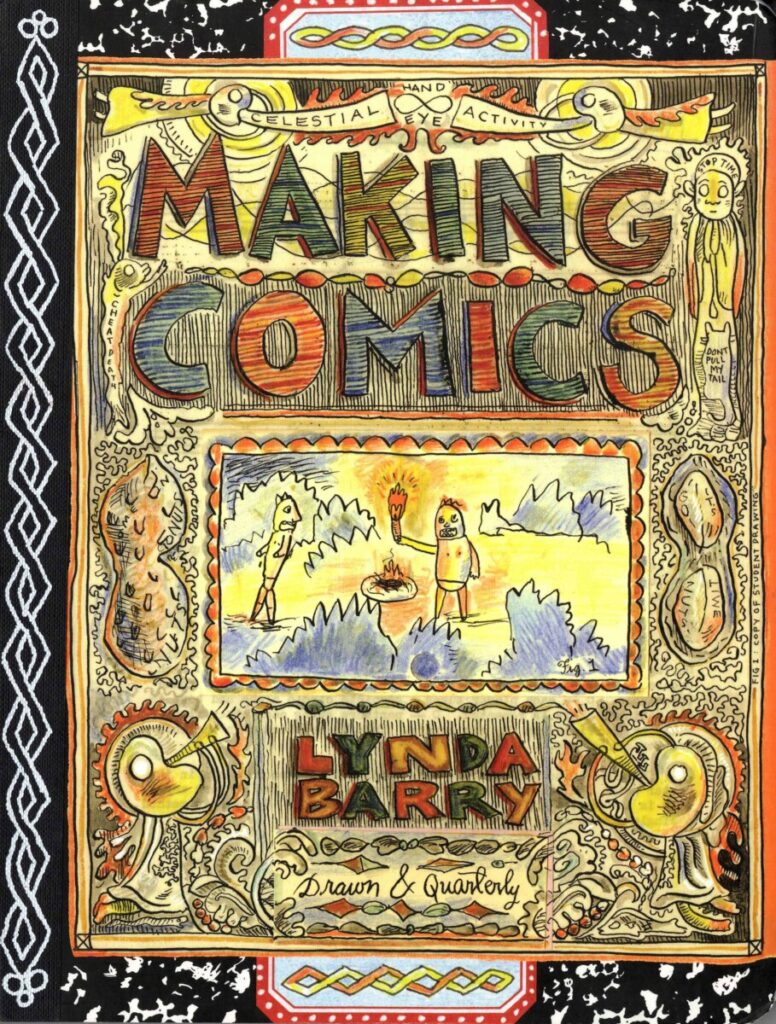Class Info: Tuesday 6:30-8:30
CUNY Graduate Center room 6417
To-Do Before Class:
- Join our DISCORD
- Review Supply List
- Review Reading List
Topic: INTRODUCTIONS & FINDING YOUR VOICE
Activities
ICE BREAKER ACTIVITY: Ivan Brunetti Cartooning Style
*NO SOUL FITS INSIDE A STICK FIGURE!*
ACTIVITY: Lynda Barry 3 min Self Portraits in Brunetti Style.
DISCUSS: What’s Your Why? Class Introductions.
Philosophy:
Comics are language. Every language can be learned. You’ll find this course is front-loaded with language acquisition tools and idea generation tools. My goal is to get you ready to share your personal narratives in sequential art format as quickly as possible.
DISCUSS: What is Sequential Art? (a.k.a Comics) Class Relationship with Comics
Broad Overview of Genres and Styles – Biography and Memoir in Sequential Art.
Comics are a language with a distinct Grammar Set. It’s made up of Sequential Reading (left -right up down), of grammatical parts which are composed of BOTH words and images.
(Realistic drawing is NOT a requirement.)
ABOUT THIS COURSE:
Review academic policies, syllabus, calendar, and async resources
Craft, Community, and Culture!
- Course Structure
- Reading VS. Making
- Reading List
- Critique and Discussion: Class Discord
- In-class activities (Like the one we just did!)
- FINAL PROJECT
- Grading Policy: EFFORT, TIME, CARE, GROWTH, STORY, CRAFT, CLARITY (not rendering.)
DISCUSS: Do we need to DRAW to make comics? NO! (…but it helps.)
Value of a sketchbook. Why work and write by hand?
Optional DRAWING ASSIGNMENT. (Since this is not a drawing class!)
DISCUSS: Our First Character – an exploration of self / personal voice. What is VOICE in Comics? What you choose to say and how you choose to say it!
DISCUSS: Value of Daily Diary for Life Writing
INTRODUCE: Lynda Barry’s Diary Format – Share Mine – Create Template
ACTIVITY: Meet the Artist / Comics Selfie / Share Mine
(Begin in class if time allows)
Consider the different ways text and image interact on a page. Consider your personal visual style or play with styles you find interesting and experiment!
Create a “meet the artist” page in your sketchbook with a comic version of yourself as a method of exploring your voice. Challenge yourself to try multiple ways of using words + images together.
Infographics, cross sections, embedded text (in the background or on an item?), maps, dialogue, signage, sound effects, and captions, are all options.
OPTIONAL ACTIVITY: DISCORD ONBOARDING
Due Next Week
Homework:
- In Sketchbook (aim for 5) DAILY DIARY PAGES
- Complete your Meet the Artist / Artist Selfie *KEEP IT SIMPLE*
- 2-3 FINAL PROJECT IDEAS
READ: Lynda Barry Making Comics Excerpt
READ: Chapters 1 & 2 Understanding Comics
READ: Inventing Comics by Dylan Horrocks
READ: Dear Sophie, Love Sophie – By Sophie Lucido Johnson
**DISCUSSION ON DISCORD**






Recent Comments